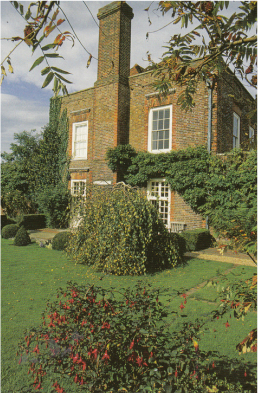
One of the most interesting sights in Rye is the 18th century house built by James Lamb, later lived in by several famous writers, and managed since 1950 by the British National Trust. The two story red brick house, just around the corner from our hotel, was where Henry James lived between 1898 and 1916 and wrote some of his finest novels, including The Golden Bowl. After he left Rye, his friend E.F. Benson, author of the popular Mapp and Lucia novels, moved into Lamb House, followed later by the prolific writer Rumer Godden. From the narrow cobblestone street, Lamb House looks quite plain and austere, but when you pass through the house you discover a large walled garden that was much loved by the writers who lived there.
A glass conservatory once led into the garden from the room where James did much of his writing, but a World War Two bomb destroyed it. The rest of the house and the garden managed to survive both that blast and the war, despite the village’s strategic location on its hill by the channel. Meandering paths lead through the spacious rectangular garden, under trees and across lawns and among a variety of flower beds. Some afternoons, tea is served at small tables in the garden.
Designed by a friend of Henry James, the garden looks today much as it did in James’ time. Vines climb the brick walls, roses, lilies, spring bulbs, and herbaceous borders frame the lawn and set off the old house. The protective brick walls, trees, and shrubs give the garden a peaceful, comfortable feeling. It’s easy to imagine sitting at one of the wrought iron tables or on one of the benches under a tree, writing or just relaxing. Although not as grand or spectacular as the other gardens we visited on this trip, we also could picture ourselves caring for this garden.
Fans of the Mapp and Lucia books can walk through the downstairs rooms of the house open to the public and in the garden, imagining that they are at Mallards, E. F. Benson’s recreation of Lamb House and garden. Recently, a new television series based on the books was filmed at Lamb House and garden and other locations in Rye village.
Bruce Douglas Reeves, Author of DELPHINE, winner of the Clay Reynolds
Novella Competition published by Texas Review Press.
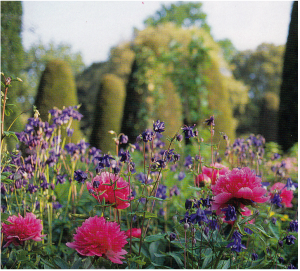
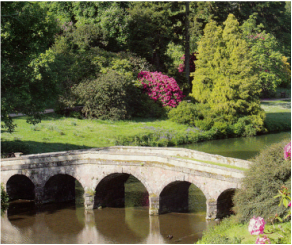
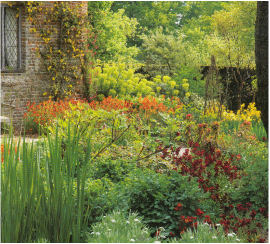
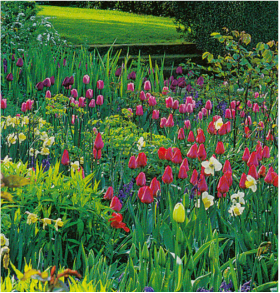
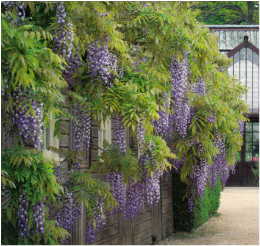
 RSS Feed
RSS Feed